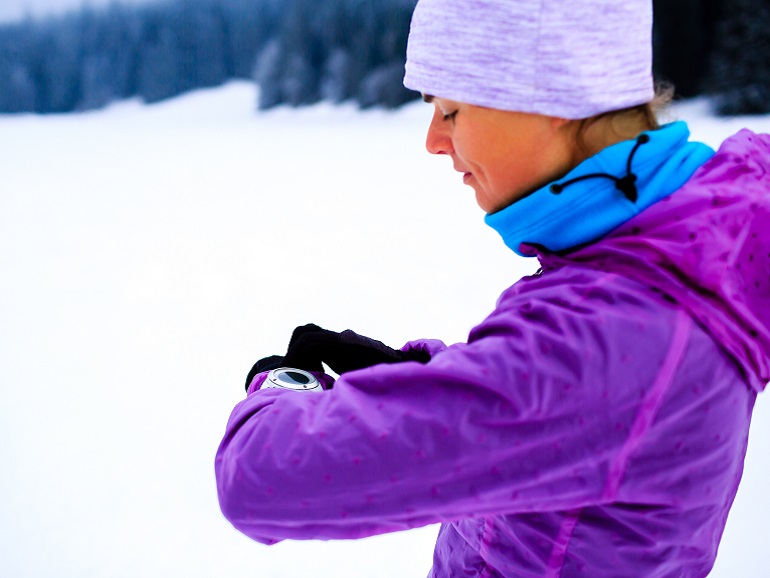ARTICLES
Cold Weather Hydration

How temperature affects hydration needs of endurance athletes
The main issue you face is vasoconstriction, which is the reallocation of blood to your core in an effort to avoid heat loss. When you sweat in warm weather, your body detects a drop in blood volume that leads to two key responses: a decrease in kidney function to retain fluids and an increase in thirst to cue you to drink. But when you exercise in the cold, the increase in blood flowing through your core tricks your body into believing that all is well with your blood volume.
So what happens? First, your thirst response can drop up to 40% in cold conditions, so you won’t think to drink. Second, because your kidneys are not trying to conserve fluids, your urine output actually increases, which causes additional fluid loss.
Winter exercise offers a few more hydration challenges. The cold, dry air pulls fluid from your skin and breath and you will lose additional fluid due to the increased exertion (up to 40% greater) caused by heavier clothing.
Prepare yourself for your winter hydration needs. Invest in an insulated bladder or bottle to keep your fluids in a liquid state, and make sure you drink in timed intervals before, during and after your activity. And remember, your body’s signals are going to be misleading when working out in the cold. Don’t wait for thirst. Drink early, drink often!
- Dr. Greg Wells, www.drgregwells.com

 Tweet
Tweet Share
Share